Tis the season to spot elves. But what exactly are we looking for? And do they even exist? Expert naturalist John Wright gives his absolutely factual and not-at-all invented species guide to elves. Find out about their habitat, diet, language, population size and role in popular folklore.
Fear not, although you may never manage to spot an elf in the wild, there are many other wonderful creatures of the woods to look out for, including badgers, foxes, rabbits and owls, so a wintry walk in the woods is always worthwhile...
What are elves and what do they look like?
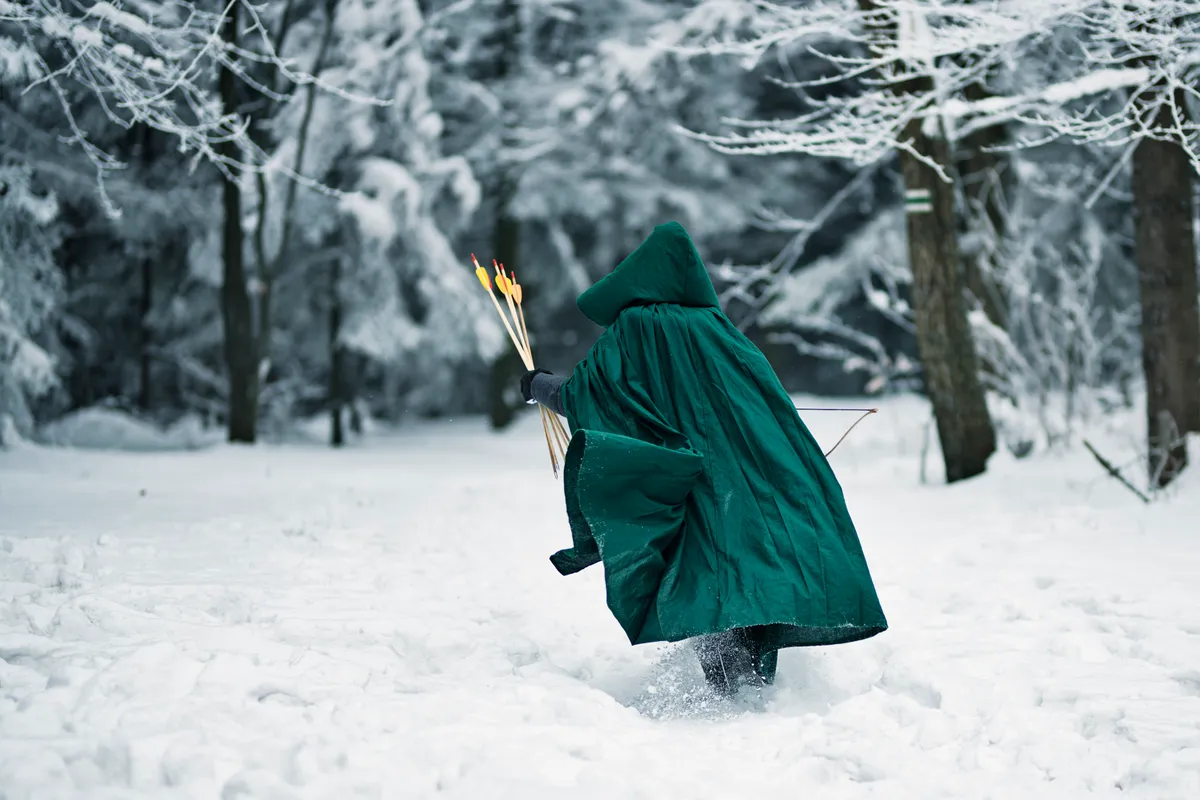
Elves are hominims, probably a population that split away from Homo sapiens about 500,000 years ago. Perhaps because elves are so elusive and rarely observed for long, early descriptions of elves vary considerably.
Elves were known as the ‘hidden people’, the huldra of Nordic tradition. Nevertheless, a characterisation of them has developed over time. They are small (zwerg, the German name for dwarf, began life as a synonym for alf, the Norse word for elf), stealthy, magical, beautiful and ambivalent in their relationships with humans (the word ‘elf’ means ‘evil spirit’ in Low German).
We now know them to be about 40cm in height, slender of frame and highly secretive in their general habits.

Where do elves live?
The habitat of the elf is woodland and the wilder corners of the countryside. Find them in those secret places, such as dark woods, near large crevices in rocks and alongside streams with overhanging trees – anywhere far from or hidden from humans.
Likely locations are the mossy elven world of Wistman’s Wood, Dartmoor and the spritzing waterfalls at the Birks of Aberfeldy, Perth and Kinross Spy, while Godshill in the New Forest, Hampshire is an elf hotspot.
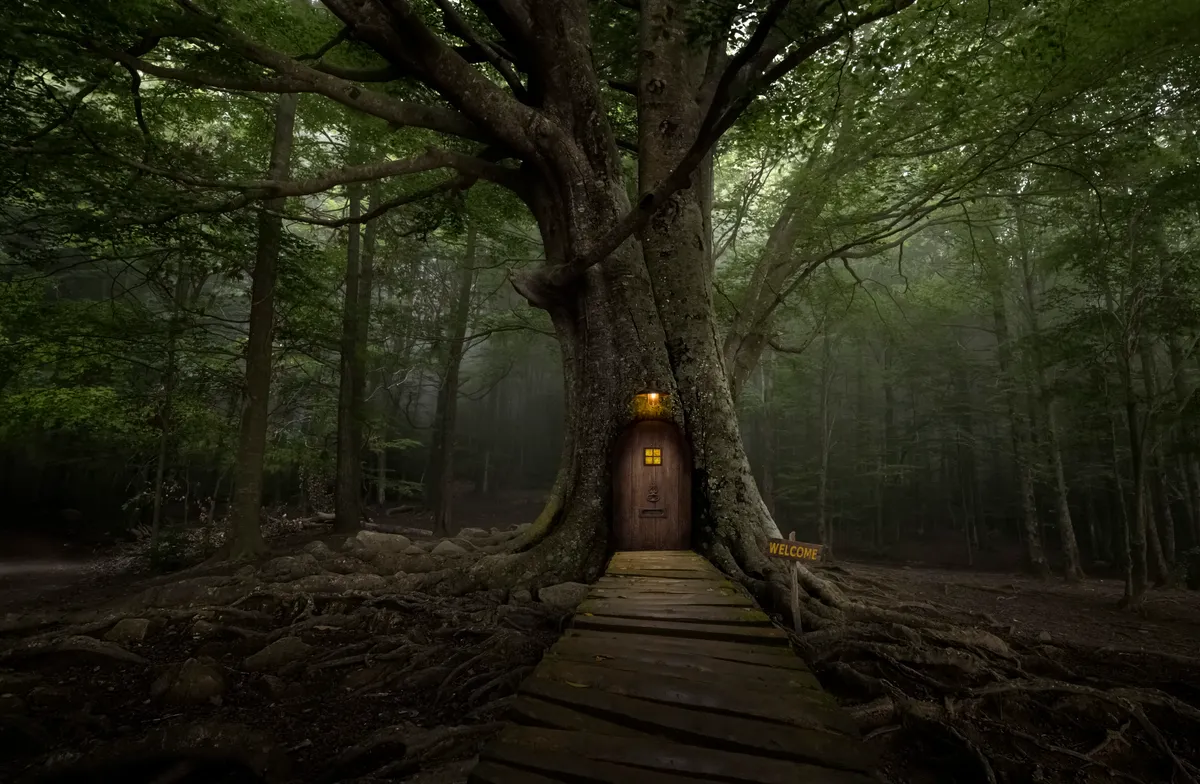
They are known to live in hollow trees, often digging downwards to form comfortable quarters, or in disused badger setts. Both Wistman's Wood and the New Forest are famous for their mosses (visually, Wistman’s Wood is entirely moss!) and it is with moss that elves roughly clothe themselves.
In summer, they will hide and sleep under a blanket of moss. However, perhaps elves are becoming braver in their habits, almost recklessly so, with credible reports of the ‘urban elf’, perhaps migrating via overgrown railway embankments.
What do elves eat?
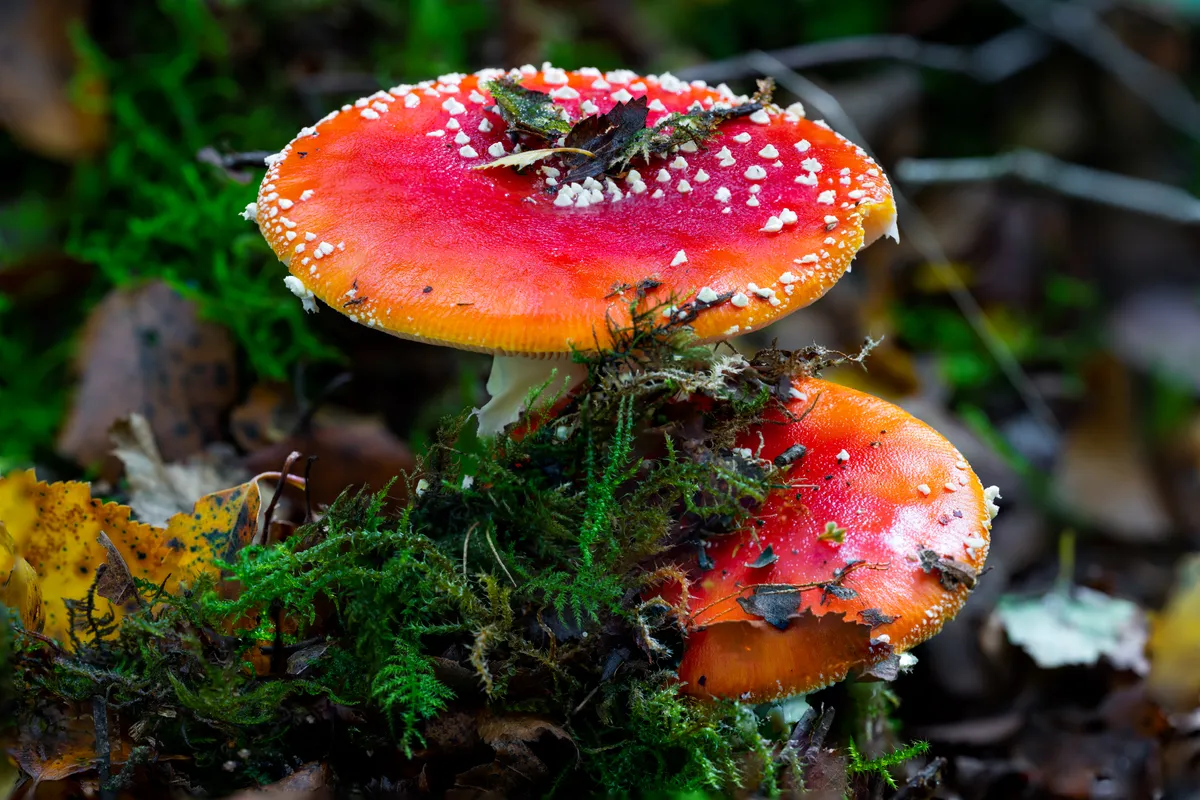
Elves are the ultimate omnivore, hunting small mammals and birds, collecting fungi, leaves, roots and fruits, and not hesitating to eat insects and other invertebrates. They are particularly fond of the bright red fly agaric – to identify this elf delicacy, check out our guide to UK mushrooms.
How to spot an elf?
The essence of elf-watching is to keep still for as long as possible and place yourself downwind. Dawn and dusk are best.
Elves in history
Elves first feature in medieval Germanic mythology, as supernatural humanoid beings with an ambivalent attitude to humans. Sometimes helpful, they are also known for stealing milk, tools and, on occasion, children.
According to Anglo-Saxon medical texts, elves also fired tiny arrows that caused shooting pains in the body – called ‘elf-shot’. This idea may have originated from the frequent discovery of small Stone Age arrowheads – people thought that belonged to elves.
In Iceland, where about half the population still believe in the existence of the ‘huldufolk’ (hidden people), cultural sites such as Alfholl (Elf Hill) are protected from development, to avoid the displeasure of the little folk.
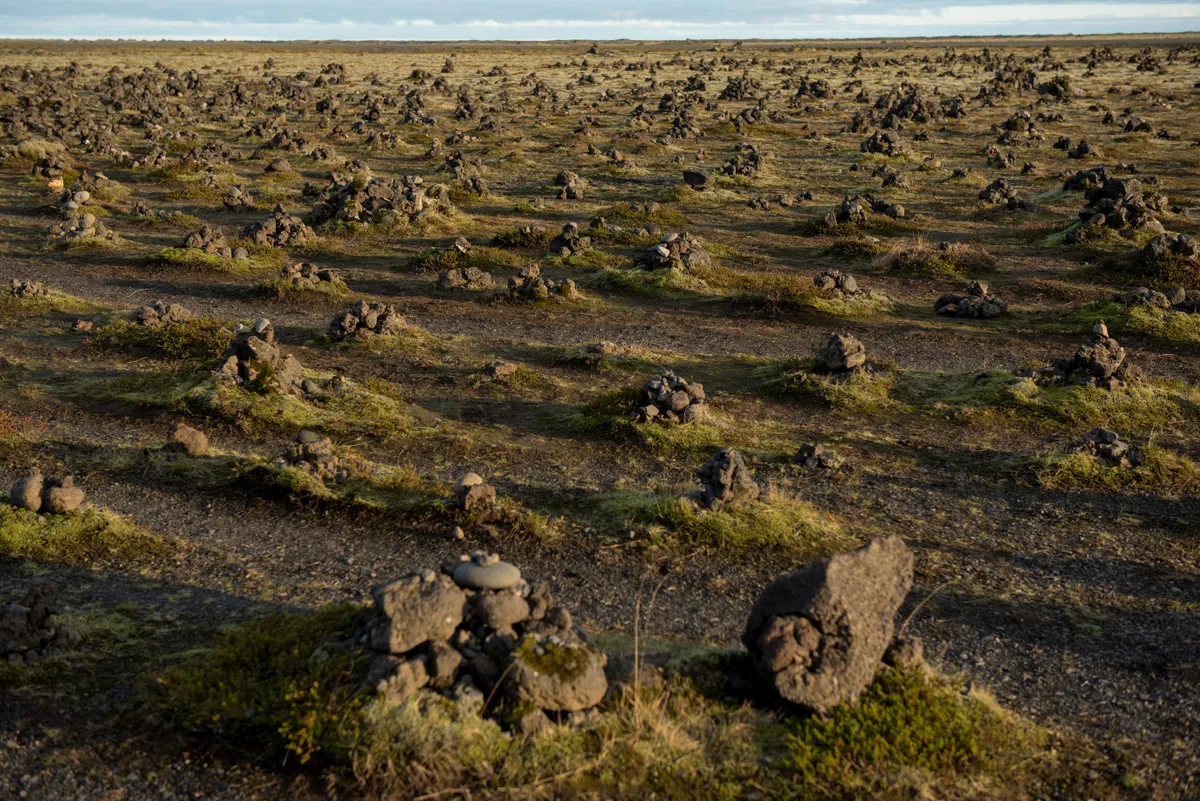
Despite the secrecy of elves, humans have been aware of the creatures for millennia, though most European records go back only to the 10th century. That they were known much earlier is testified in names. Old English Ælfwine (elf-friend), Ælfrēd (elf-advised) and ‘Elgar’ (originally Ælfgar, ‘elf-spear’) make the point well. Earlier still are the names of places. Elvendon in Oxfordshire (the hill of the elves), the Alden Valley (valley of the elves) and Eldon Hill all testify to the existence of elves and, indeed, their preferred habitat types.
Elves in folklore and literature
Elves have always captured popular imagination and regularly appear in art and literature. So if you can’t spy one in the wild, you can content yourself with finding these mystical creatures in popular tales.
In A Midsummer Night’s Dream (1595), William Shakespeare describes the “elves of hills, brooks, standing lakes and groves” as fairy-like creatures, winged and dainty, no taller than a cowslip, able to curl up in acorn cups to hide.
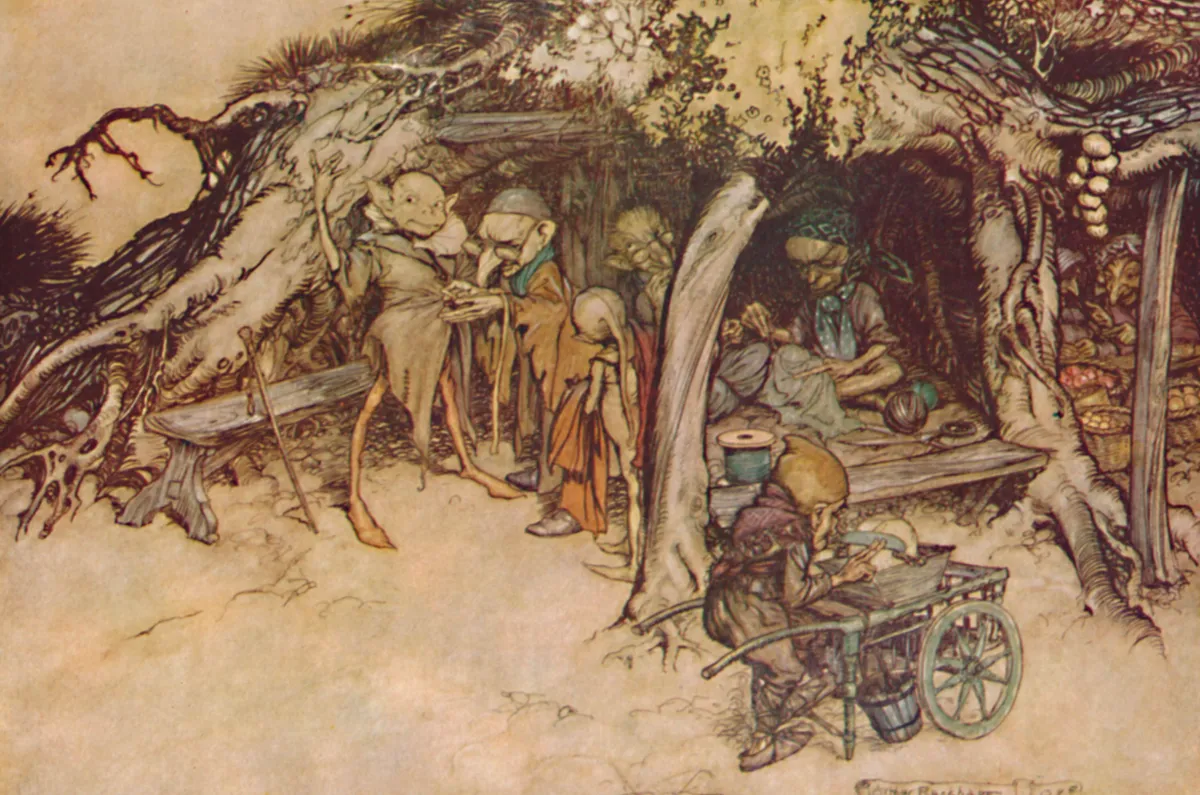
The powerful elves of JRR Tolkien’s The Hobbit (1937) and The Lord of the Rings (1954), however, are depicted as over six-feet tall, beautiful, telepathic and near-immortal. Based on Norse mythology, Tolkien’s ancient elves love nature and are skilled warriors.
Terry Pratchett’s Discworld elves (1992) are nasty creatures, incapable of emotion and prone to hurting humans, while the elves in JK Rowling’s Harry Potter series (from 1997) are a down-trodden, domesticated lot, enslaved by wizarding families to undertake the housework. Freedom is granted only by a gift of clothes (and some even resent the gesture).
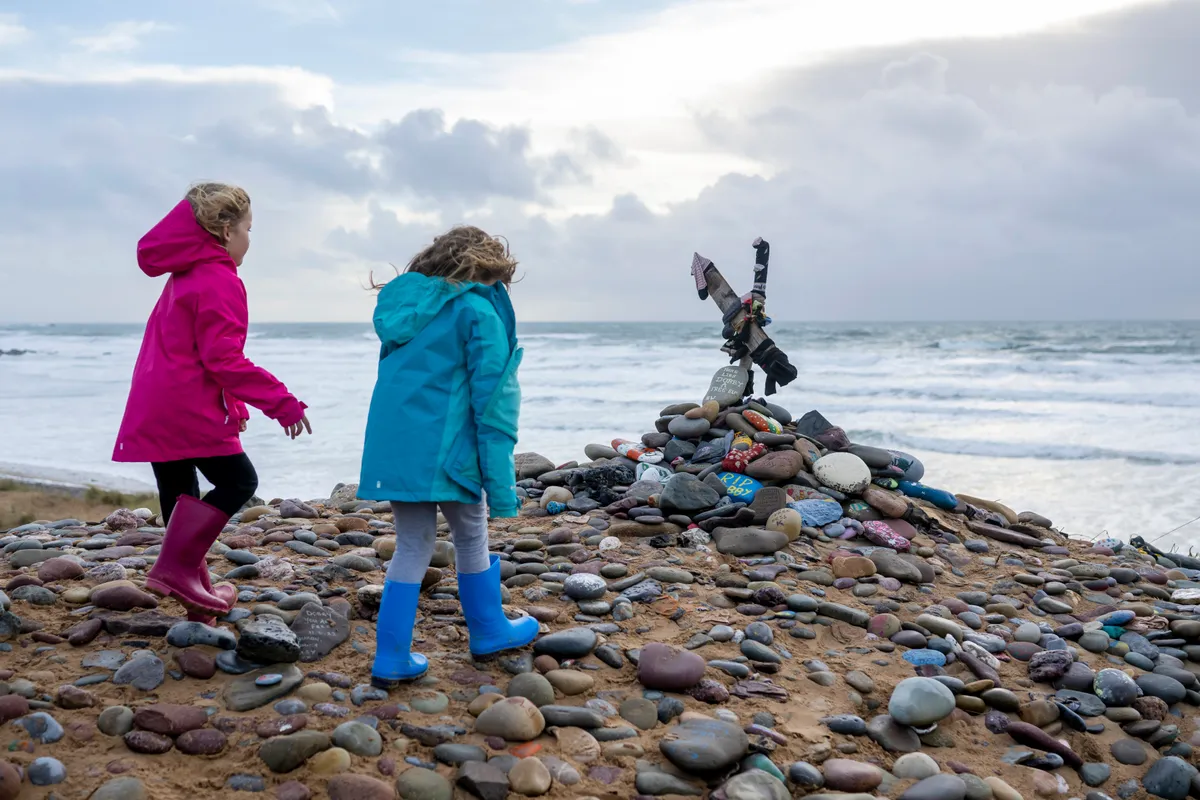
Happily, Father Christmas’ toymaking elves are merry helpers. Labouring in the North Pole workshop and delivering presents on Christmas Eve, these industrious workers are usually garbed in green and red, sporting a jaunty hat. This is hardly ideal camouflage against the snow, so they should be easier to spot. Thus, elves are shape-shifters, changing in look and temperament in different tellings. The one thing they seemingly have in common is pointy ears. So if in doubt, look to the lugs.

Can elves speak?
They may (this is largely speculation derived from their phylogenetic proximity to us) employ a primitive form of language.
Reports of overheard conversations between elves are frequent in the historical record, and a recent incident in Iceland suggests that they are able to converse with humans. It was, it seems, the urgent matter of a road that was due to be built over elfin territory that prompted this atypical behaviour. Respectful as they are of their fellow hominims, the Icelanders duly accommodated them.
How many elves are in the UK?
The population of elves in Britain has inevitably proved impossible to measure, with the general estimate being around 5,000 – approximately that of the pine marten and better than that of the Scottish wild cat, with only 400 or so.
A genetic bottleneck (a lack of genetic diversity, caused by a previous rapid reduction in population) has been blamed for the poor reproductive success of elves. Their existence has long been under threat from habitat loss, as ancient woodlands now cover just 2.5% of the UK.
Prospects for the elf may be improving, though. Efforts in Britain and elsewhere in Western Europe to rewild and plant more woodland will certainly help the beleaguered creature.
If, like 80% of the British population, you have never seen an elf, then do not despair. Just keep looking in those wild, wild places...
Title illustration by Lynn Hatzius. Can you spot all 10 elves in the picture?


